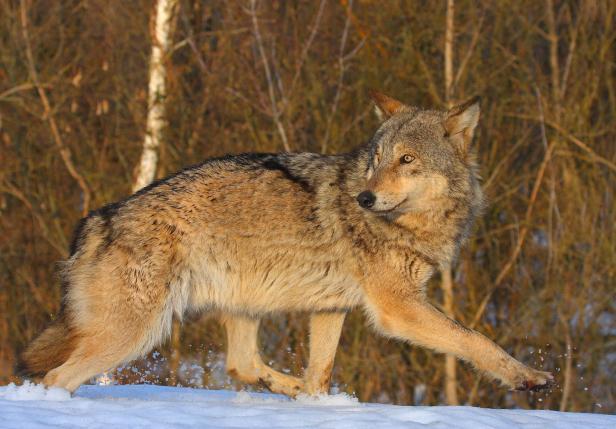30 years after the Chernobyl disaster, nature thrives

The first long-term study at Chernobyl, site of the world’s worst nuclear accident, find wildlife is thriving.
- Some 30 years after the world's worst nuclear accident blasted radiation across Chernobyl, the site has evolved from a disaster zone into a nature reserve, teeming with elk, deer and wolves, scientists said yesterday.
This is reported by Reuters, citing a new study from an international group of scientists coordinated by professor Jim Smith, from Britain's University of Portsmouth's School of Earth and Environmental Science.
- Nature florishes
The remarkable turnaround in the area, which was declared a permanent no-go zone for people after the accident in 1986, suggests radiation contamination is not hindering wildlife from breeding and thriving, but underscores the negative impact humans have on populations of wild mammal.
- When humans are removed, nature flourishes - even in the wake of the world's worst nuclear accident, said Jim Smith, adding that "It's very likely that wildlife numbers at Chernobyl are now much higher than they were before the accident.
The disaster struck the Chernobyl Nuclear Power Plant in Ukraine on April 26, 1986.
That day the accident took the lives of 31 people, but the total number of pople whose deaths can or will be directly attributed to the radiation is unknown, as the estimates are widely varied.
After the fire and explosion at the Chernobyl nuclear power plant threw clouds of radioactive particles into the air, thousands of people left the area, never to return. Still to this day humans are only allowed to enter the Chernobyl Exclusion Zone with written permission. The Exclusion Zone covers approximately 1600 square meter.
Huge population of wolves
Professor Smith and his co-researchers took the opportunity to see what happens to wildlife in an area where contamination is heavy but people are largely absent.
Earlier studies in the Chernobyl Exclusion Zone showed major radiation effects and pronounced reductions in wildlife populations. But new evidence, based on long-term census data, shows that mammal populations have bounced back.
The study found a relative abundance of elk, roe deer, red deer and wild boar - with population rates similar to those found in four designated, and uncontaminated, nature reserves in the region.
The number of wolves living in and around the Chernobyl site is more than seven times greater than can be found in comparable nature reserves. Helicopter survey data also reveal rising trends in the abundance of elk, roe deer and wild boar - from one to ten years after the disaster.
- These unique data showing a wide range of animals thriving within miles of a major nuclear accident illustrate the resilience of wildlife populations when freed from the pressures of human habitation, said Jim Beasley of the University of Georgia in the United States, who co-led the work.
The results of the study is also published in the journal Current Biology, and here you can find University of Portsmouth own review of the recent research.
According to the researchers the results from the study may also hold lessons for understanding the potential long-term impact on wildlife of the more recent Fukushima nuclear accident in Japan.
